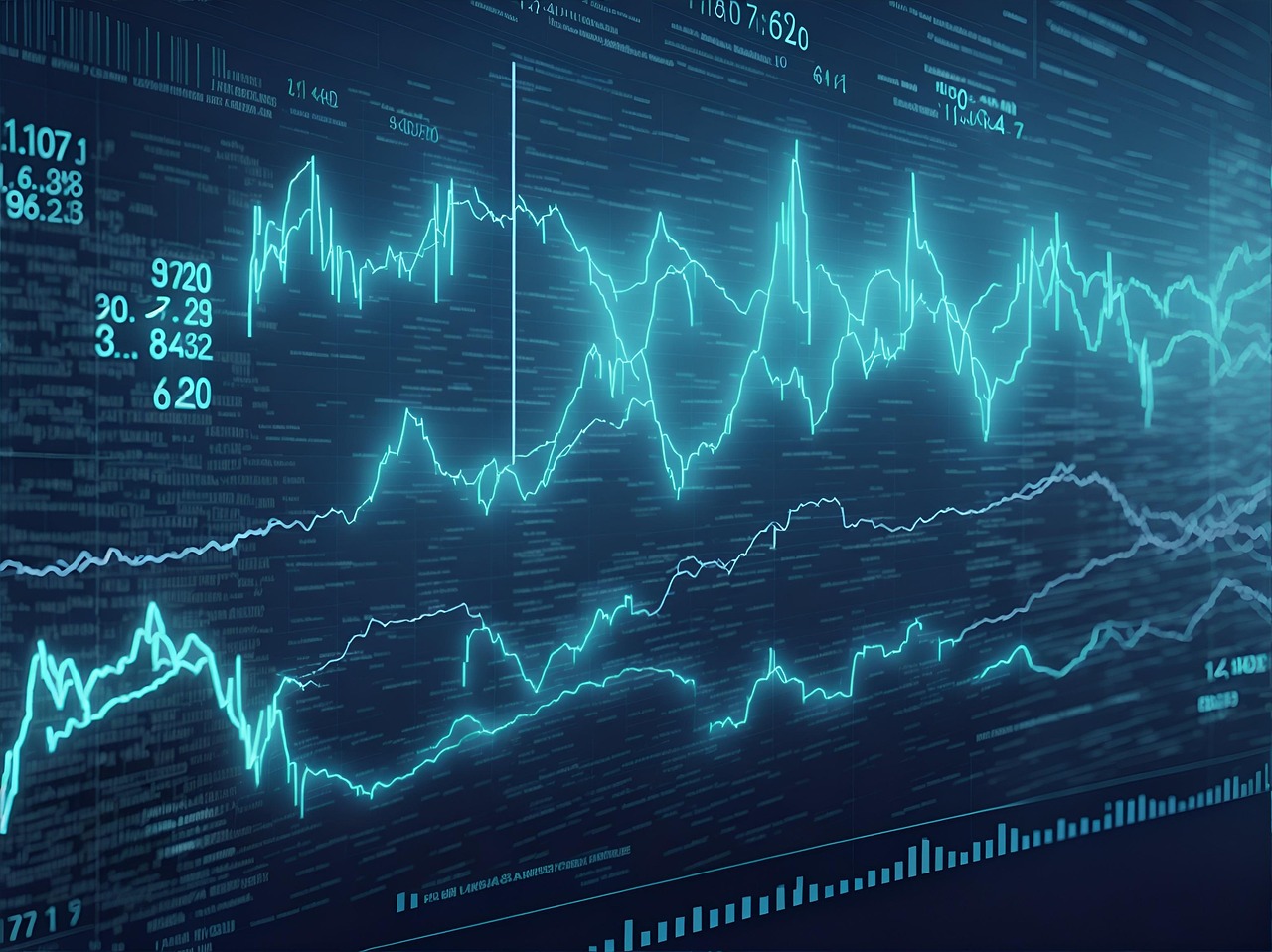Blockchain technology is changing how we track food from farms to our plates. Imagine you buy an apple, and you want to know where it came from. Blockchain helps us find out all the steps that apple took to reach you. It does this by creating a secure and clear record of every part of the food’s journey. This is called traceability.
When farmers grow food, they can put information about their crops on the blockchain. This can include when it was planted, where it was grown, and how it was harvested. Each time the food changes hands—like when it goes to a store or a factory—new information is added. This means we can see everything that happens to the food, making sure it’s safe and healthy to eat.
One of the cool things about blockchain is that it is like a digital notebook that many people can see, but once something is written, it can’t be changed. This makes it hard for anyone to cheat or lie about the food’s history. For example, if a food gets recalled because it might be bad, we can quickly find out where it came from and who sold it.
In short, blockchain technology is helping everyone in the food industry be more honest and transparent. By using it, we can know that our food is safe and fresh, and this helps build trust between customers and food producers.
Glossary:
Blockchain: A system that records information in a way that keeps it safe and unchangeable.
Supply Chain | How Can Blockchain Benefit The Food Industry
Traceability: The ability to follow the journey of food from its source to the consumer.
Recall: A process of removing a product from the market because it may be unsafe to eat.
Understanding Traceability in the Food Industry
Traceability refers to the ability to track the movement of food products through the supply chain, from farm to fork. In the food industry, this is crucial to ensure food safety, quality, and compliance with regulations. Recent incidents of foodborne illnesses have highlighted the need for better traceability, prompting stakeholders to seek innovative solutions.
Why is Traceability Important?
Traceability in food enhances safety and efficiency. The ability to locate the source of contamination quickly can prevent widespread illnesses and recalls. Traceability also promotes transparency, helping consumers make informed choices about the food they eat.
Key Benefits of Traceability:
- Food Safety: Quickly identify and respond to contamination.
- Quality Assurance: Maintain standards by monitoring product movement.
- Regulation Compliance: Meet legal requirements set by authorities.
- Consumer Trust: Build confidence through transparency.
Blockchain Technology: A Solution for Traceability
Blockchain technology offers a robust solution for improving traceability in the food industry. A blockchain is a decentralized and distributed digital ledger that records transactions across many computers. This technology ensures that the recorded information is secure, transparent, and immutable.
Key Features of Blockchain:
- Decentralized: No single entity controls the data, reducing the risk of tampering.
- Transparent: All participants can view the same information, fostering trust.
- Immutable: Once data is recorded, it cannot be altered, ensuring accuracy.
How Blockchain Works in Food Traceability
With blockchain, every transaction or movement of food is recorded in a block. Here’s how it works:
- Farmers log products when harvested, noting details such as location and time.
- As the products move through the supply chain, each participant (distributors, retailers) adds their information to the blockchain.
- Consumers can scan a QR code to access all details about the product’s journey.
“Blockchain can help improve the traceability of food products, ensuring that safety, quality, and authenticity are maintained throughout the supply chain.” – Industry Expert
Real-World Applications of Blockchain in the Food Industry
Various companies are adopting blockchain technology to enhance food traceability. Here are some notable examples:
| Walmart | Tracking leafy greens to improve safety. |
| IBM Food Trust | Creating a network for food supply chain participants. |
| Nestlé | Providing consumers with information on sourcing and production. |
Challenges to Implementing Blockchain in Food Traceability
Despite its advantages, implementing blockchain in the food industry faces challenges:
- Cost: Initial investment for technology can be high.
- Standardization: Lack of universal standards can lead to incompatibility.
- Education: Stakeholders may need training to effectively use blockchain.
“Adopting blockchain technology is not just about technology; it’s about culture and collaboration across the industry.” – Analyst
The Future of Blockchain in Food Traceability
As technology advances, blockchain has the potential to revolutionize food traceability. More stakeholders are likely to recognize the benefits and invest in this technology. The future of food traceability lies in a collaborative approach where all participants in the supply chain work together to create a more transparent and secure system.
In summary, blockchain technology is not just a trend; it is an essential tool to address traceability challenges in the food industry. By ensuring transparency and efficiency, blockchain can help protect consumers and enhance food safety.
What is blockchain technology?
Blockchain technology is a decentralized digital ledger that records transactions across many computers. It ensures that the recorded data cannot be altered retroactively, which enhances security and transparency.
How does blockchain improve traceability in the food industry?
Blockchain allows for the real-time tracking of food products from farm to table. Each transaction, such as harvesting, processing, and shipping, is recorded on the blockchain. This creates a transparent history that can be accessed by all stakeholders involved.
What are the benefits of using blockchain for food traceability?
Using blockchain in the food industry enhances safety by allowing for quicker responses to foodborne illnesses. It also improves trust among consumers, as they can verify the origin and quality of their food products.
How can consumers access traceability information?
Consumers can access traceability information typically through the product’s QR code or RFID tag, which links to data stored on the blockchain. Scanning these codes provides details about the product’s journey, ensuring transparency.
Is blockchain technology costly to implement in the food industry?
While the initial implementation can be costly, the long-term benefits, such as reduced fraud, minimized recalls, and enhanced consumer trust, often outweigh the initial investment. The overall efficiency gains can lead to significant cost savings over time.
What challenges does the food industry face when adopting blockchain?
Challenges include ensuring all stakeholders are willing to collaborate and share data, the need for standardization across different platforms, and the integration of blockchain technology with existing systems.
Can blockchain prevent food fraud?
Yes, blockchain can help prevent food fraud by providing a transparent and immutable record of a food product’s origin and movement. This makes it much harder for counterfeit products to enter the supply chain.
How is blockchain affecting food safety regulations?
Blockchain is prompting food safety regulations to evolve by promoting the use of technology for traceability. As more companies adopt blockchain, regulators may require enhanced tracking capabilities to ensure food safety.




